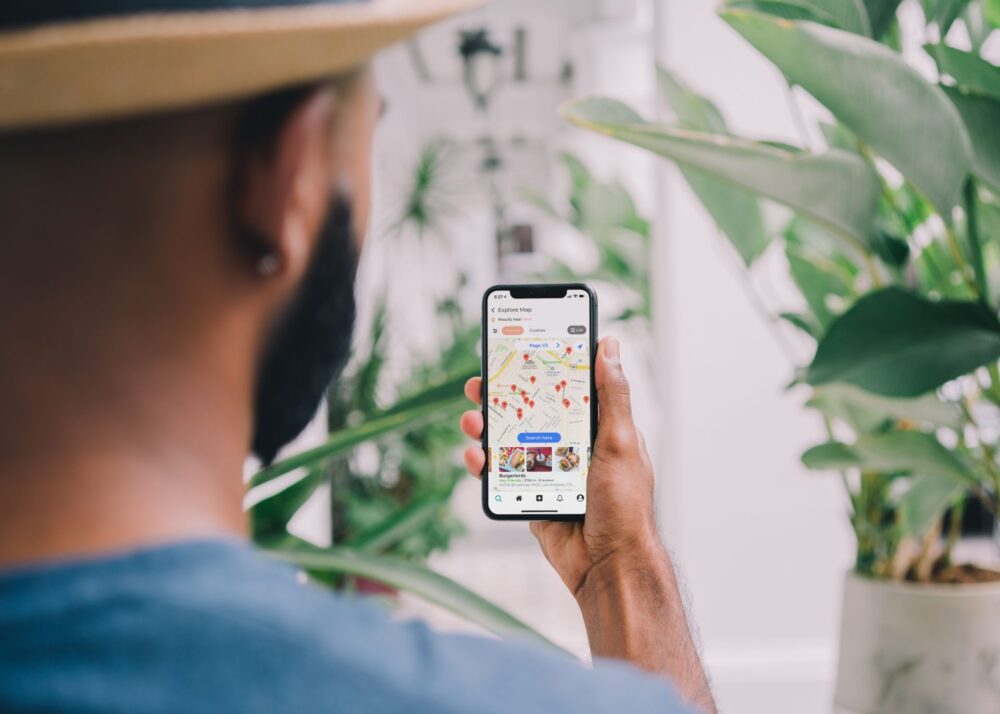

Usability is a way to measure the ease with which users can navigate a product interface. It also refers to how satisfied users are with that process. As a digital product or service provider, your ultimate goal is for users to be able to navigate your product smoothly and accomplish the task they came to do.
Usability has become essential - digital products will not survive without it. Users will not think twice about jumping ship and moving to a competitor if their product/service is easier and more pleasant to use. In order to get it right, let’s walk through the components of usability as well as how (and when) to measure it.
What is usability?
According to Jakob Nielsen, co-founder of the UX research pioneers Nielsen Norman Group, usability comes after utility and before desirability and brand experience. It’s one of the main goals of UX design. Usability is defined with the help of five quality attributes:
- Learnability: This refers to a user interface that makes it easy for users to accomplish their goals the very first time they see it.
- Efficiency: This refers to the speed at which a user can accomplish their goals after they’ve become familiar with an app or website.
- Memorability: We’ve all had periods of time without using our favorite apps. Memorability is what helps users to remember how to use an app or website after not doing so for some time.
- Errors: This deals with user errors, when they happen, why, and how to help users get around them.
- Satisfaction: Last but not least, this refers to how enjoyable it is to use an app or website. Is it pleasant and fun, even if it’s an app to submit your tax declaration?
When and how to measure usability?
Despite being used as a buzzword with a nuance of ‘je ne sais quoi’ about it, usability can and should be measured at various stages of product development. Measuring usability early in your design phase is crucial. The advantage of doing usability testing before you release a new product or feature is the ability to detect and fix issues early on.
In their blog post on the value of measuring usability, user testing software Maze lists the four key usability metric categories to track during a test. These metric categories are designed to ‘quantify’ Nielsen’s 5 quality attributes of usability listed above:
- Completion metrics: direct and indirect success, fails are the metrics showing you if users can successfully complete a task using your product.
- Duration metrics: time on screen, time on task are a couple of the metrics that help quantify how much time do users need to tackle a specific task.
- Errors: misclick rate, heatmap analysis help you measure the erroneous taps or clicks users made while interacting with your product during a specific task.
- Satisfaction: rather than measuring what users do, this one is about asking them what they think of your product. Add a satisfaction scale question after each usability task to measure.
Another method for measuring usability is to conduct a SUS (System Usability Scale) survey that can be administered to users of your ‘live’ product or, alternatively, asked during the usability testing of a prototype. The survey consists of a 10-item questionnaire with five response options for respondents, and gives each surveyed product a usability score between 0-100, with anything above 68 considered above average.
Key takeaways:
- Designing for good usability means having a crystal clear understanding of user needs and goals, and putting those at the core of your design process.
- Users are spoiled and usability is crucial to get right, otherwise, you risk losing them to your competition.
- To ensure maximum usability of your product, do as much research during the development process as possible – from lo-fi wireframes to the most polished version of your prototype – make sure you’ve tested it all with your target users.
***
Usability is one of the many key things to build your research foundation on. If you need more inspiration, take a look at our 12 Principles of Agile Research.




